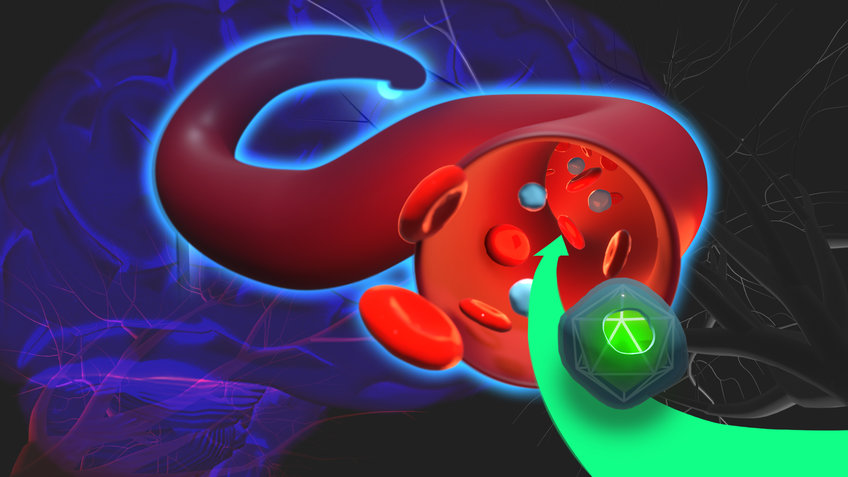From Harry Potter's Magic Box
Project investigates how drugs can be hidden and targeted
Drugs are supposed to have a targeted effect on a specific organ and trigger no or only minor side effects along their way through the body. The EU-funded "BOW" project is now investigating how drugs and other substances, such as nanoparticles, can be specifically hidden from the body and only dock and take effect where they are needed. The Max Planck Institute for Polymer Research is contributing to the project, particularly in the specific addressing of organs.
It's a familiar question: How does a headache tablet know where to act? Drugs typically exert their effects throughout the body, but only get noticed where they help relieve symptoms. In the future, however, it would be desirable for drugs to exert their effects only in specific organs. To this end, one current research topic involves wrapping drugs in a kind of "magic cloak" that makes them as biocompatible as possible. These packaged drugs are transported through the body's blood system to dock specifically where they are needed. On the one hand, this ensures that healthy organs are not burdened with active ingredients, and on the other, that the amount of active ingredient can be significantly reduced.
Within the framework of the "BOW" project, which is funded by the EU and in which 13 universities and industrial partners are collaborating, attempts are now being made to use so-called "extracellular vesicles" as a camouflage coat.

Extracellular vesicles are the body's own transport systems with a diameter of only about 100 nanometers, or millionths of a millimeter. They are exchanged between organs and can be seen as a kind of "information transmitter" so that organs can communicate with each other. Their envelope is made of lipids - fats - that shield the inside from the body - so the body ignores these vesicles and the immune system is not activated.
The researchers of the BOW project now want to change the purpose of these vesicles and first fill them with magnetic nanoparticles. These particles have the advantage that they can be imaged by imaging techniques such as magnetic resonance imaging, making it easy to check how the particles have spread in the body. The challenge here is to open the microscopic vesicles, fill them with the nanoparticles and close them again.
The task of the Mainz researchers in the project will be to modify the surface of the vesicles - i.e. the camouflaged transport containers - so that they can specifically dock at certain organs. "Of particular interest to us are, for example, the brain or the lungs," says Svenja Morsbach, group leader in Katharina Landfester's department at the Max Planck Institute for Polymer Research. "The brain in particular is difficult to reach today: The blood-brain barrier naturally prevents substances unknown to the body from passing through - hopefully we can partially circumvent this with the help of cloaking technology."
With a fully developed camouflage coat that can dock specifically to organs, both diagnostic and therapeutic measures are conceivable - depending on the content chosen: Contrast agents can be transported, which then become visible in imaging procedures, or drugs, which are then delivered to the corresponding organs.
The project is funded by the European Union within the framework of FET Proactive and runs for a total of 4 years with a total funding of over 4 million euros.












